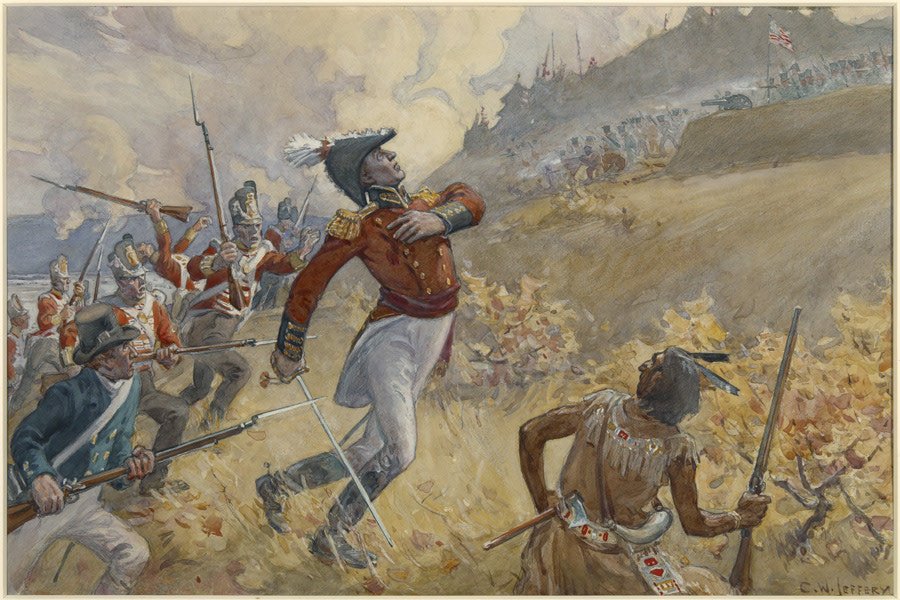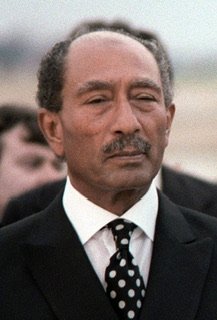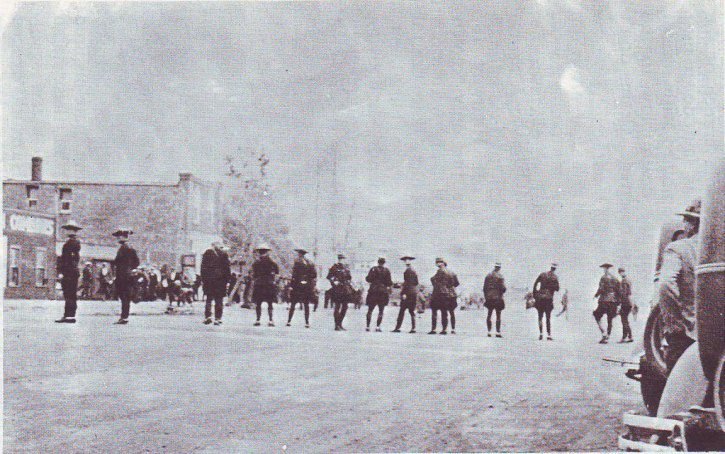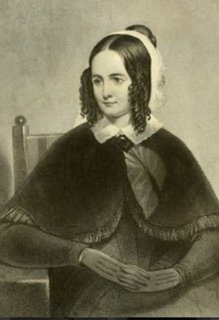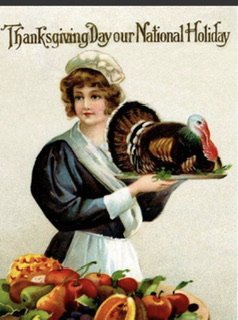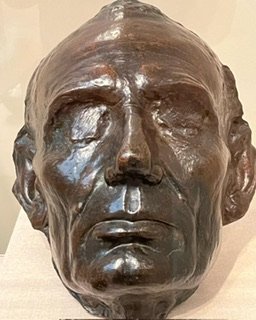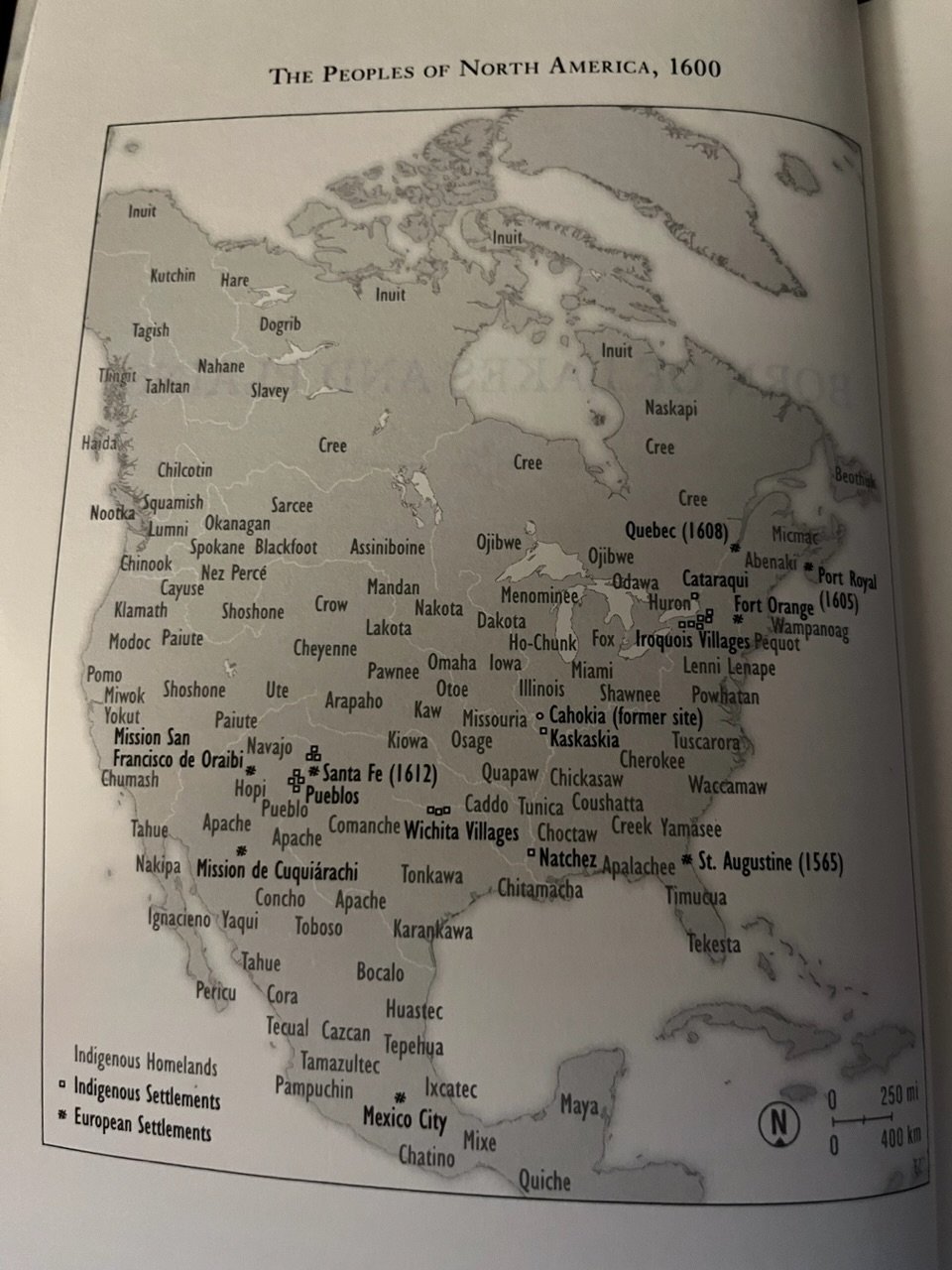The Sino-Indian War was a month long armed conflict between India and the People’s Republic of China. Both nations had only recently seized the reigns of power from older regimes and colonizing forces and were still in the process of cementing their borders. This led to disputes that were mostly argued about diplomatically, if not cordially.
However, when India granted asylum to the Dalai Lama after the 1959 Tibetan Uprising, tensions reached a new level. When military units skirmished in the Ladakh region in 1962, China seized the initiative and invaded several disputed border areas. They were successful in pushing Indian forces out and after a month of fighting, unilaterally declared a ceasefire. Some parts of these borders are disputed to this day.
This is a topic I have little familiarity with, so I have surely missed much of the nuance involved. I will only add that these events did not occur in a vacuum and it has been common knowledge for quite a while that the US’ Central Intelligence Agency conducted numerous operations throughout Asia in hopes of destabilizing and overthrowing China’s communist regime.
The article below by Aldo Abitol examines the politics involved in this conflict in much greater detail. The second link directs you to the website Omniatlas, a site of historical maps that has some concise bullet points about the conflict.
Aldo D. Abitbol, “Causes of the 1962 Sino-Indian War: A systems Level Approach,” Josef Korbel Journal of Advanced International Studies 1 (Summer 2009): 74-88.
“East Asia 1962: Sino-Indian War.” Omniatlas.com. 2016. Accessed 10/20/23.


